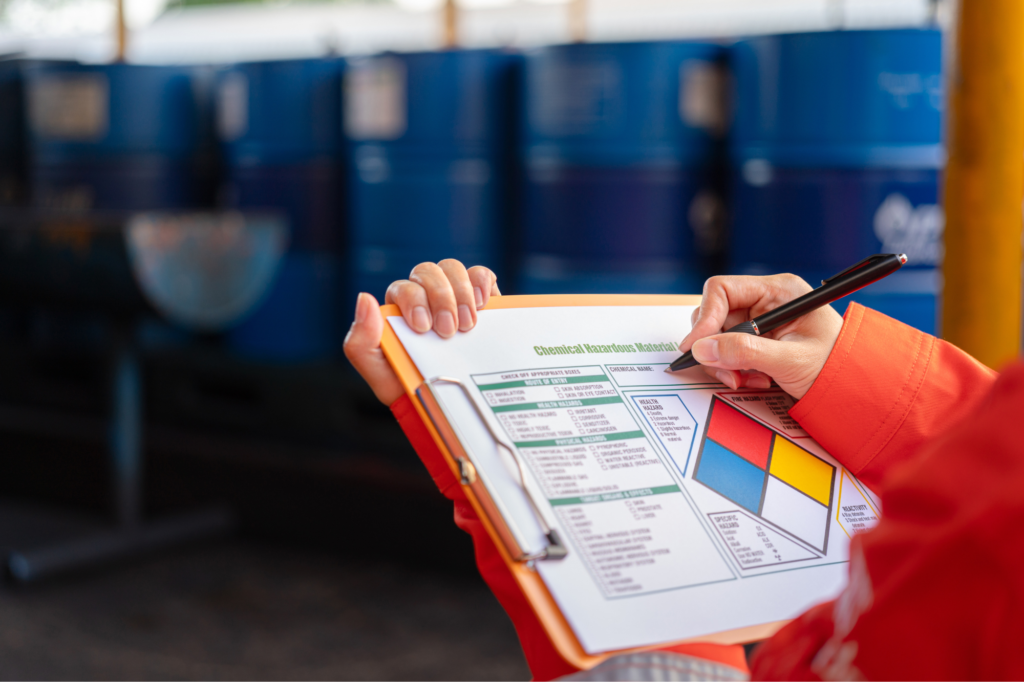
The top 5 safety KPI’s you should be tracking
1. Near misses
The first safety KPI that you should be tracking is likely one you’re familiar with, but you may have trouble tracking it or getting meaningful data from it! Near misses give you a very measurable way to predict incidents, injuries, and even deaths by using the safety pyramid. If you struggle with getting employees to report near misses or if you don’t have a good way to track and manage them I would recommend trying this tool. Use tools like the one I mentioned to see what is causing your near misses and what you can do to prevent them in the future.
2. Audit frequency
The second safety KPI that you should be tracking is your audit frequency. Ask yourself the following questions:
- How often do your audits take place?
- Are the audits taking place on time?
- What are the findings of your safety audits?
Tracking these metrics will lead to improvement, but one of the most important pieces here is the follow up. Which leads us right into number three.
3. Action items
When you’re gathering near miss and audit data, you should be creating corrective and preventative action plans that you can follow up on and track. The actions should define what the issues are, and how you plan to solve them. Pay close attention to the time frame it takes to complete the actions and whether they are being completed at all. These last three should directly impact your bottom line as they will all help prevent incidents and injuries in your company.
4. Frequency and retention of training
The fourth safety KPI that you should be tracking is training, but specifically the frequency and retention of the training. How often are trainings taking place? Classes, toolbox talks, and micro training sessions really make an impact when it comes to safety culture because it keeps safety top of mind. It is also very important to track the retention of the training. Impromptu, single employee quizzes are a great way to see how much of the material is being retained without taking up additional time from your employees’ workday. Knowing your retention rates will tell you if the training needs to be adjusted, and it’s going to help you measure the status of your safety culture.
5. Risk assessments
The fifth safety KPI that you should be tracking is risk assessments. These give you a very measurable way to see the riskiest places in your business and create plans to mitigate them. Being able to not only measure the risks in your business, but also rank them makes it easier to focus on high-risk areas and start eliminating the issues. It’s important to measure the frequency that risk assessments are taking place as well. This will help you to understand what the current risks are in your organization, putting you in a more ideal place to solve them.
These five safety KPI’s will most likely make the biggest immediate difference for your company as they all have the potential to increase safety, increase safety culture, and decrease fines.


